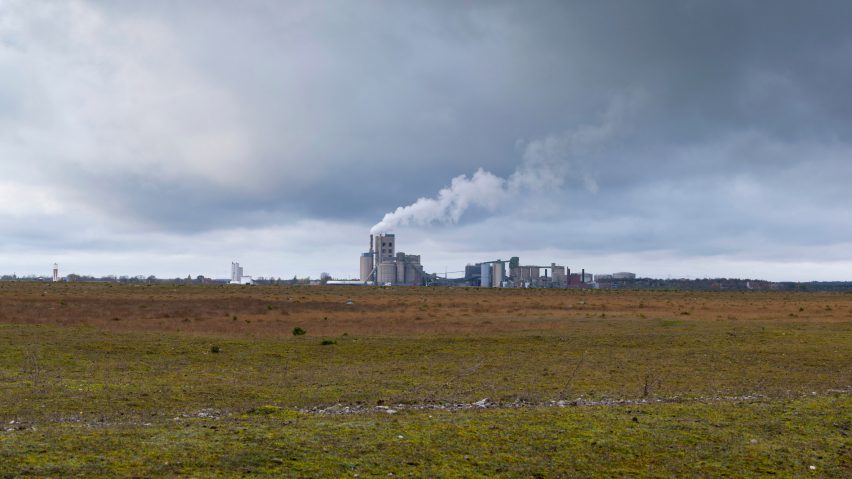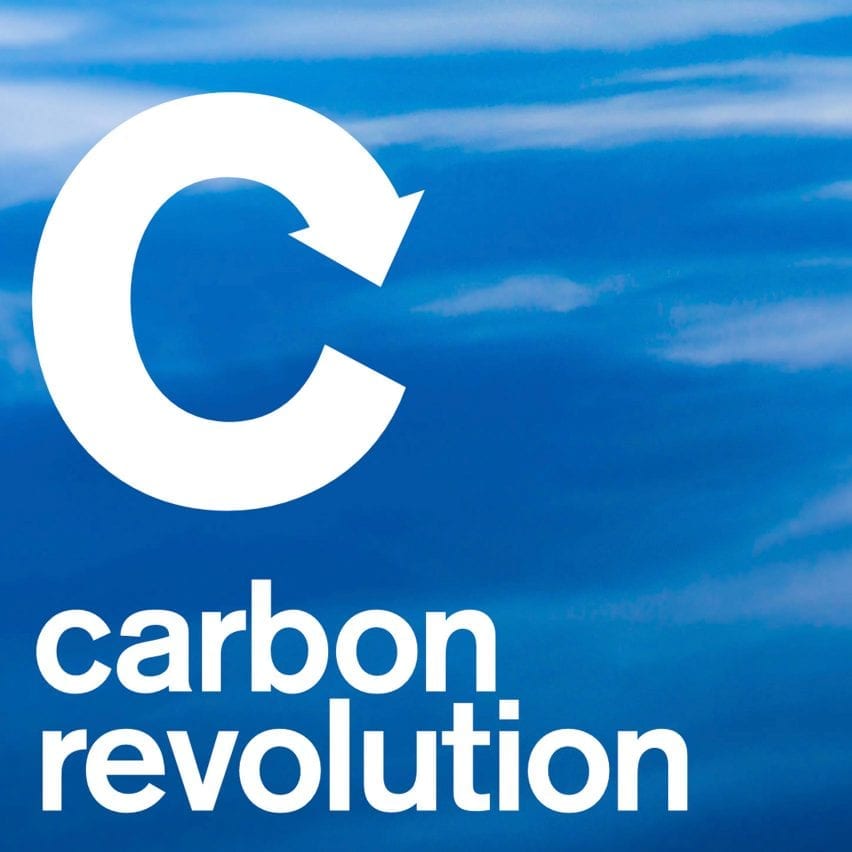
"World's first carbon-neutral cement plant" to be built in Sweden
Cement giant HeidelbergCement has announced plans to eliminate carbon emissions from a plant in Sweden in a bid to decarbonise one of the world's most polluting industries.
The German company intends to upgrade a factory at Slite on the Swedish island of Gotland, which is operated by its Cementa subsidiary.
The plant is currently the second-largest source of greenhouse gas emissions in Sweden, responsible for three per cent of all its CO2 emissions.
Cement production is among the biggest contributors to climate change and is responsible for around eight per cent of global carbon emissions.
Upgrade will capture 1.8 million tonnes of CO2 per year
When the proposed upgrade is complete in 2030, the company claims it will capture and store all emissions from the Slite plant, totalling up to 1.8 million tonnes of CO2 per year.
However, the technology it will use to capture the emissions is "not decided yet," according to Per Brevik, director of alternative fuels at HeidelbergCement.
"There are many potential technology providers in this area to be assessed," Brevik told Dezeen. "Most probably we will go for amine technology," he said, referring to chemical compounds that can absorb CO2 from gases.

Amine processes are used to scrub carbon from factory flues although the technology is expensive and is not yet able to remove 100 per cent of emissions. "Among available technologies, amine is the most mature and proven," Brevik said.
Once captured, the carbon dioxide will be buried under the North Sea in cavities created by the extraction of fossil fuels. "In a way, you can say 'CO2 is coming home' since [it will be stored] in the same layers as oil and gas were before they were taken out," Brevik said.
Factory could become carbon-negative
The process of capturing carbon and sequestering it underground is called carbon capture and storage (CCS). However, unlike CCS projects that capture carbon from the atmosphere, the Slite project will not directly lead to a net reduction in atmospheric CO2.
The plant will still be largely powered by fossil fuels meaning that the CCS process, if effective, will instead prevent new emissions from entering the atmosphere.
Brevik added that the project has the potential to become carbon negative since the factory will derive part of its energy from burning biomass since this contains carbon that has been drawn from the atmosphere by plants via photosynthesis.
"Since at Slite we will capture all the CO2, we will also capture the CO2 from the biomass, which is not counted when you calculate the emissions from the industry," Brevik said. "We then capture more CO2 than we emit from the production."
Project could be delayed by court ruling
Work on upgrading the plant, which supplies three-quarters of the cement used in Sweden, was due to complete in 2030. However, the project timeline has been thrown into doubt after the Swedish Supreme Land and Environmental Court stripped the factory of its licence to mine limestone, which is the key ingredient in cement.
The ruling, issued last week, was due to concerns over the plant's environmental record and has led to concerns that construction in Sweden could grind to a halt once the current licence expires on 1 November.
"The situation in Sweden could at least challenge or postpone the CCS project at Slite," said Brevik.
The Slite project follows another carbon-reduction project at another HeidelbergCement plant at Brevik in Norway, which will act as a pilot for the Swedish plant.
Work is already underway at Brevik to retrofit amine technology provided by Aker Carbon Capture to the plant in an attempt to capture 400,000 tonnes, or half of the plant’s emissions, from 2024 onwards.
"In Brevik we have chosen to use amine technology where you combine chemistry) mixing the flue gas with an amine solution with temperature (first cooling and later heating it up again)," Brevik explained in an email. "The flue gas will be divided into water, amine (which will be reused) and CO2."
Carbon will be buried under North Sea
Captured emissions from the Brevik plant will be shipped to the North Sea and pumped into underground voids as part of Project Longship, a $2.7 billion CCS project overseen by the Norwegian government that aims to pump captured carbon into depleted its oil and gas fields.
Announced last year, this vast demonstration project aims to sequester 1.5 million tonnes of carbon under the sea per year by 2024 as part of a drive to demonstrate "the potential of this decarbonisation approach to Europe and the world".
Pumping carbon into depleted fossil fields is controversial since the oil and gas industry is promoting a technique called carbon capture, utilisation and storage (CCUS) to help it extract remaining fossil reserves via a process known as enhanced oil recovery.
Enhanced oil recovery involves using the CO2 gas to force the last remaining oil and gas out of hard-to-reach reserves.
Critics of the process believe the oil and gas sector is exploiting the rising interest in carbon-capturing technologies to allow it to continue producing its emissions-generating products while helping it extract yet more fossil reserves.
But Brevik insisted that Project Longship does not involve CCUS. When asked whether the CO2 from HeidelbergCement plants would be used for enhanced oil recovery, he said "NO".
Cement production is a major contributor to atmospheric carbon partly because of the energy used to produce the material but mostly because of the way limestone is processed.
The rock, which is made up of calcium and carbon, is crushed and burned to extract calcium, which is the binding agent and main ingredient in cement, while the unwanted carbon is released into the atmosphere.

Carbon revolution
This article is part of Dezeen's carbon revolution series, which explores how this miracle material could be removed from the atmosphere and put to use on earth. Read all the content at: www.dezeen.com/carbon.
The sky photograph used in the carbon revolution graphic is by Taylor van Riper via Unsplash.